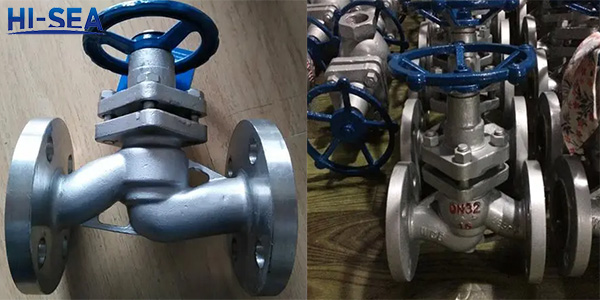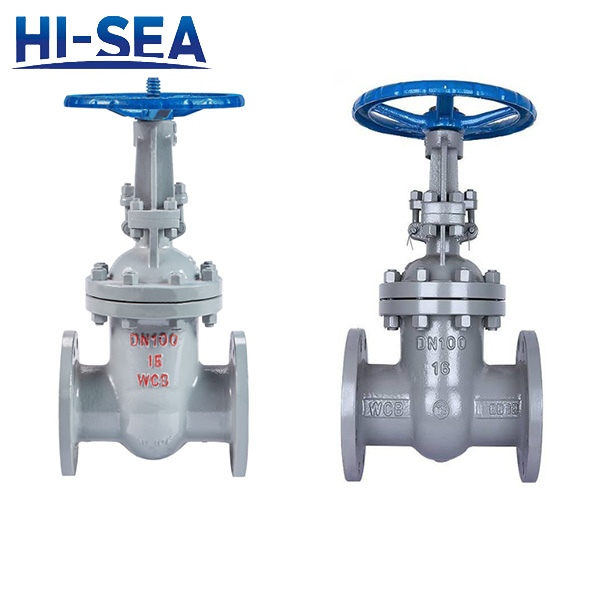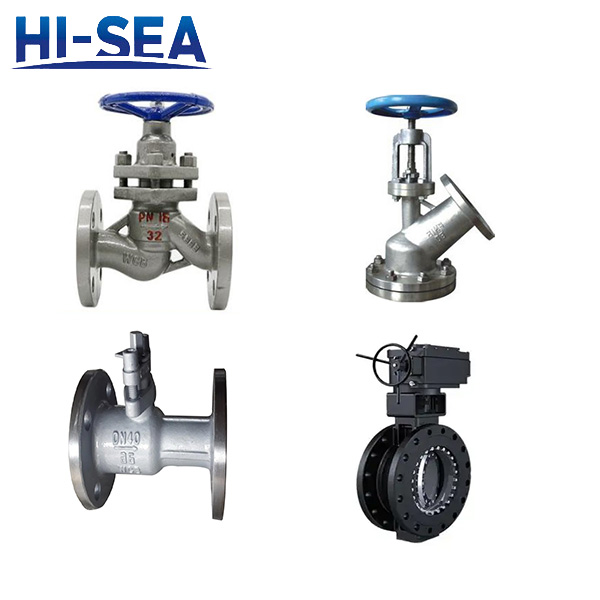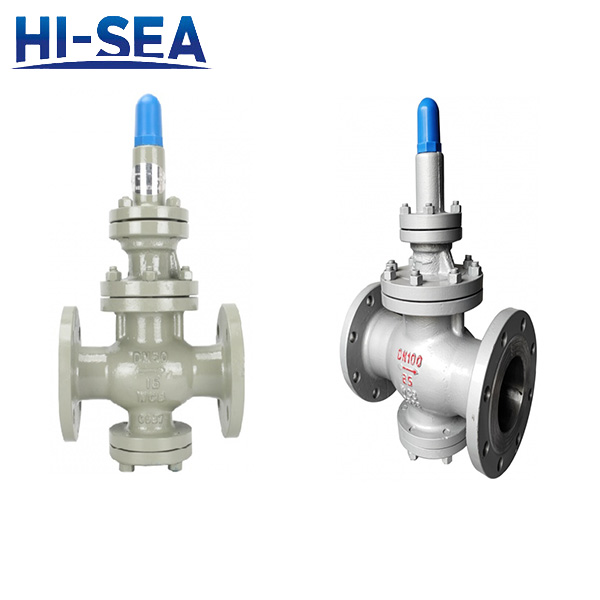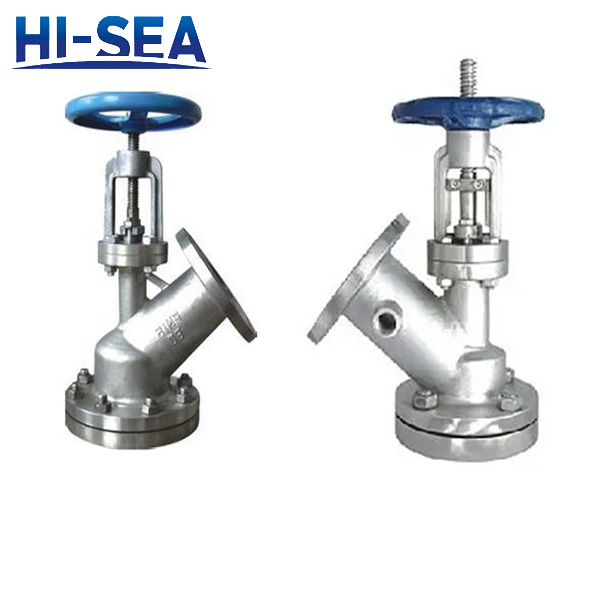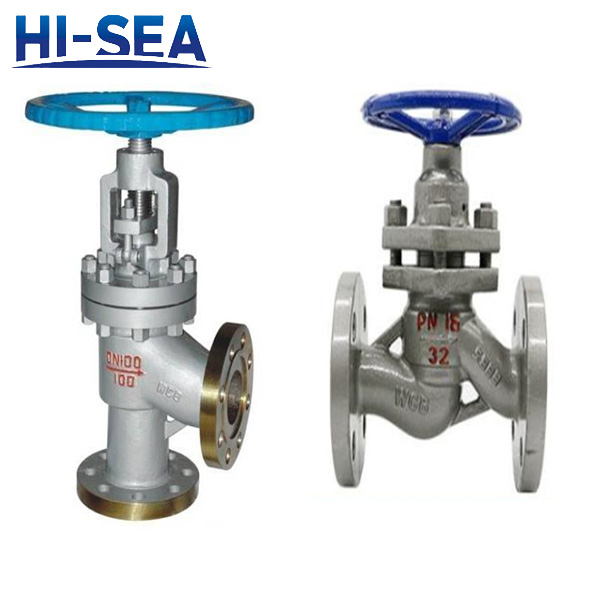
High Temperature Plunger Valve
Introduction:
At present, high temperature plunger is mainly used in urban construction, chemical industry, metallurgy, petroleum, pharmaceutical, food, beverage and other industries. In the plunger valve, when the valve is opened, the medium can only start to flow when the plunger completely leaves the sealing ring. Therefore, the sealing surface of the valve seat will not be damaged by fluid erosion. When the valve is closed, the plunger can scrape off the solid phase particles attached to the valve seat, so the plunger valve can be used for media containing suspended particles.
Structure Features:
The plunger valve body, bonnet, valve stem, plunger, hole frame, seal ring, handwheel and other parts. When the hand wheel rotates, the valve stem drives the plunger to reciprocate up and down in the middle of the hole frame to complete the opening and closing functions of the valve.
The interference fit is adopted between the valve plunger and the sealing ring. By adjusting the flange bolts in the gland, the lateral force generated by the compression of the sealing ring can be sealed with the middle hole surface of the valve body and the outer circle of the plunger, thereby preventing internal leakage. At the same time, the opening moment of the valve is small, which can realize the rapid opening and closing of the valve.
Since the sealing ring adopts non-toxic new sealing material with strong resilience and high wear resistance, it can withstand high temperature and high pressure without losing elasticity, so the sealing performance is reliable and durable.
Main Parameters:
| Nominal Diameter |
DN15~DN400 |
| Nominal Pressure |
0.6MPa~6.4MPa |
| Suitable Medium |
Steam |
| Working Temperature |
High Temperature |
| Connection |
Flange |
| Operation Method |
Manual |
| Application Range |
Chemical engineering, petroleum, natural gas, water conservancy engineering, etc |
Product Showing:
